Research Article | DOI: https://doi.org/10.58489/2833-0951/008
Treatment of a girl from Tunisia with typical autism: Evidence-based medicine and expert opinion
Advisor doctor, Children Teaching Hospital of Baghdad Medical City and the National Training and Development Center.
*Corresponding Author: Aamir Jalal Al-Mosawi
Citation: Aamir Jalal Al-M (2022). Treatment of a girl from Tunisia with typical autism: Evidence-based medicine and expert opinion. Biomedical and Biotechnological Sciences. 1(2). DOI: 10.58489/2833-0951/008
Copyright: © 2022 Aamir J.Al-M., this is an open access article distributed under the Creative Commons Attribution License, which permits unrestricted use, distribution, and reproduction in any medium, provided the original work is properly cited.
Received: 23 July 2022 | Accepted: 02 August 2022 | Published: 12 August 2022
Keywords: Typical autism, treatment, expert opinion, cerebrolysin.
Abstract
Background: Autistic disorders which have been increasingly known as pervasive developmental disorders since the 1980s represent a heterogeneous group of disorders that share a significant impairment in communication and social interaction. Typical autism is not associated with significant mental retardation while patients having classical autism which is also called Kanner syndrome have normal or high intelligence.
Patients and methods: The mother of an eight-year-old girl from Tunisia consulted us about the possible therapies for her daughter who was thought to have autistic features.
Results: The girl had the two major diagnostic features autistic as she was not responding appropriately to her name by turning her toward the voice and she had poor eye contact.
The girl can count from 1 to one thousand and knows the letters of Arabic, French, and English language. She knows the colors and some other vocabulary. The girl was hyperactive and spending some time in moving purposely inside the home. Based on our extensive published experiences with treatment of autistic disorders, we recommended an initial therapeutic course which included a course of intramuscular cerebrolysin.
Conclusion: An expert therapeutic recommendation for the condition is described.
Introduction
Autistic disorders which have been increasingly known as pervasive developmental disorders since the 1980s represent a heterogeneous group of disorders that share a significant impairment in communication and social interaction. The two major diagnostic features resulting from significantly impaired communication and social interaction are poor response to name and the lack of eye contact. Autistic disorders have recently been called autism spectrum disorder mostly by the American psychiatric association, and the term pervasive developmental disorders has been used with the term autism spectrum disorder interchangeably. Atypical autism disorders (Pervasive developmental disorder not otherwise specified) include disorders with well-defined clinical features such as significant mental retardation. Typical autism is not associated with significant mental retardation while patients having classical autism which is also called Kanner syndrome have normal or high intelligence [1-12].
Patients and methods
The mother of an eight-year-old girl from Tunisia consulted us about the possible therapies for her daughter who was thought to have autistic features.
Results
The girl had the two major diagnostic features autistic as she was not responding appropriately to her name by turning her toward the voice (Figure-1A) and she had poor eye contact.
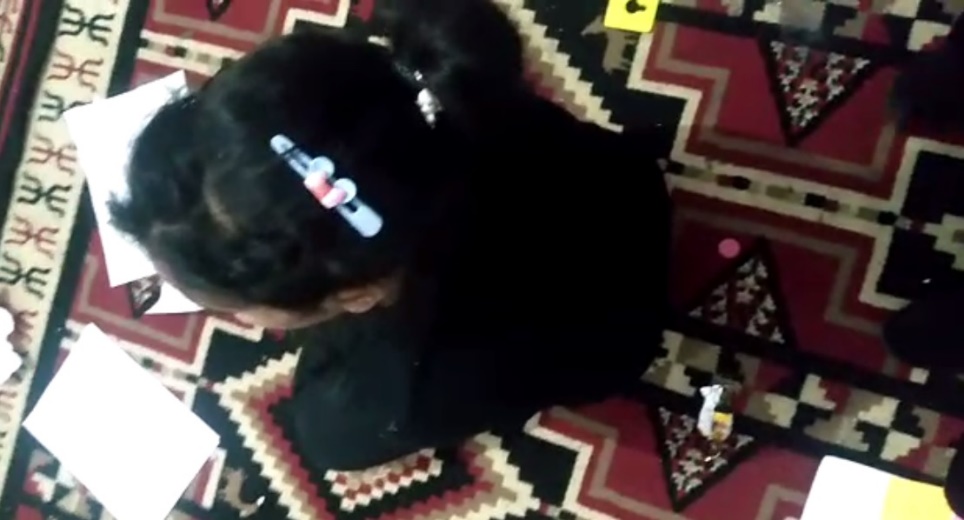
The mother thought the condition of her daughter was dominated by a communication defect manifested by very poor speech, stubbornness and frequently her mood made her unresponsive to learning. The mother described the girl as not speaking in the colloquial language they usually speak, but speak like in the cartoons on television.
The girl was unable to describe something that happened nor says things to express herself. However, she can count from 1 to one thousand and knows the letters of Arabic, French, and English language. She knows the colors and some other vocabulary. The girl was responding to some simple questions in school like “What did you eat? Where did you go? How was your day?”, despite she was not replying to the same or similar questions.
The girl was also able to draw complex figures (Figure-1B) and to use a scissor to cut a paper safely and precisely (Figure-1C).
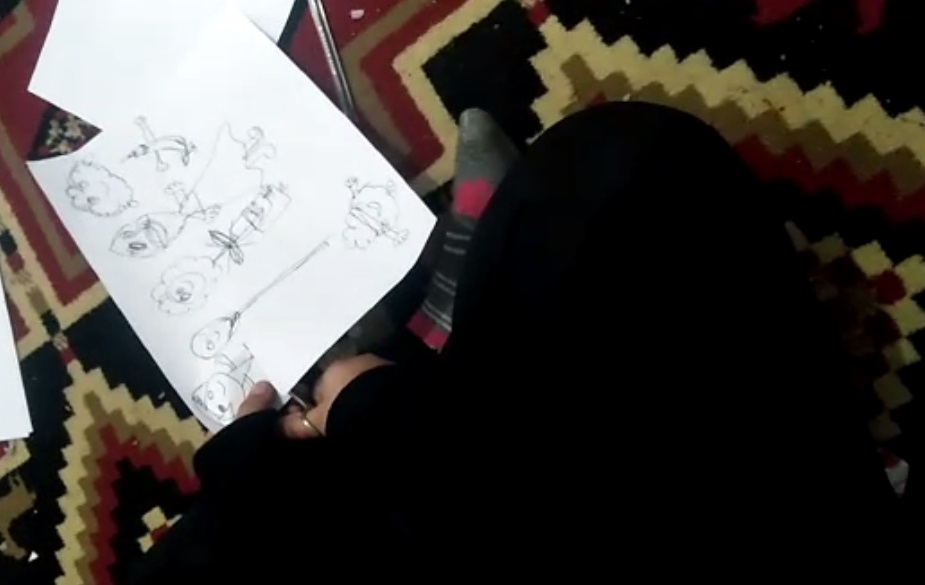
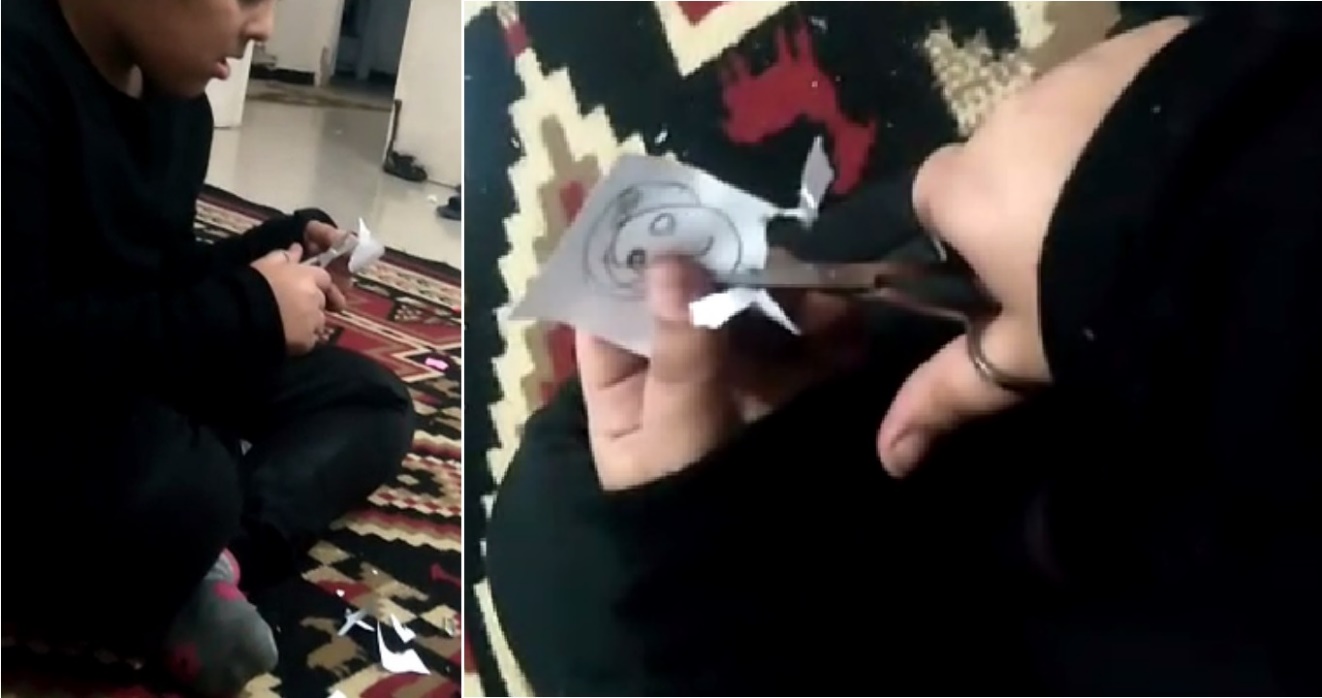
The girl was hyperactive and spending some time in moving purposely inside the home (Figure-1D)
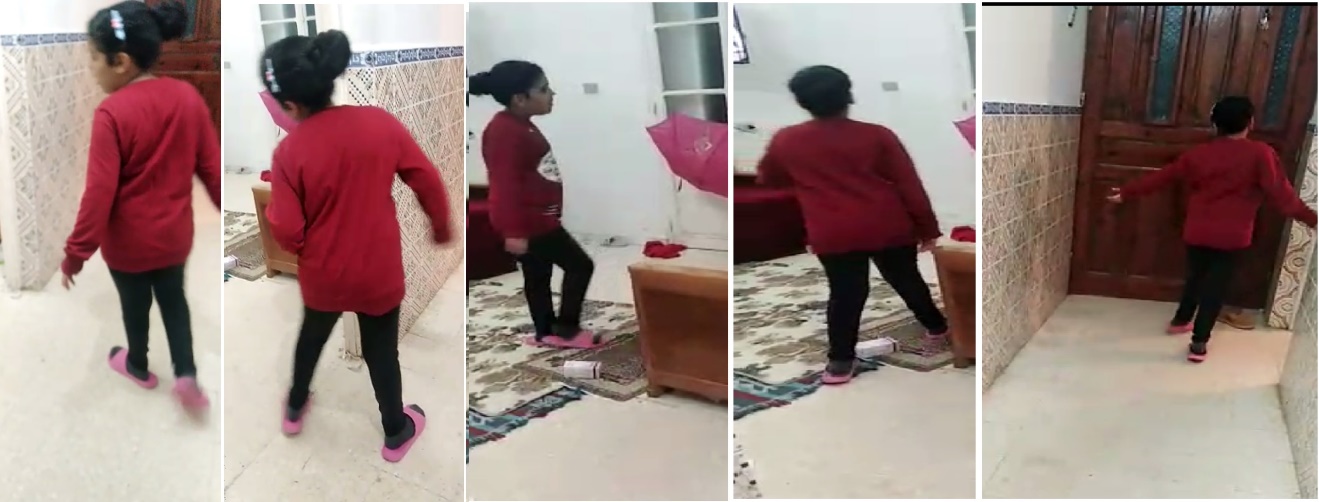
The girl received the diagnosis of typical autism without significant mental retardation.
Based on our extensive published experiences with treatment of autistic disorders, we recommended an initial therapeutic one-monthcourse which included a course of intramuscular cerebrolysin.
Cerebrolysin 5ml ampoule given by intramuscular injection every other day in the morning hours between 8 am to 4 pm and not necessary on the same time (15 ampoules given over one month).
Risperidone 1mg tablet was prescribed to control hyperactivity, and to be given daily at 9 pm for one month.
Discussion
Autism disorders have become increasingly known as pervasive developmental disorders since the 1980s. They are very complex and heterogeneous group of chronic disorders that marked by early impairment in socialization, communication, and behavior [1-12].
These disorders were first recognized by Grunya Efimovna Sukhareva (Figure-2A), a Soviet pediatric psychiatrist in 1925, and she called these disorders autistic psychopathy [1, 2, 10, 11].
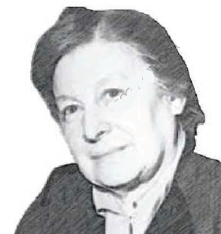
The characteristic and diagnostic manifestations of autism disorders result from impairments in social interaction and communication. The impaired social interaction causes the two major diagnostic features of autism which are the lack of eye contact, and the lack of appropriate responsiveness to own name.
Difficulties in using and understanding language are an important feature of autism disorders. Repetitive body movements or behavior patterns including hand flapping, foot tapping, and spinning are commonly associated with autism disorders.
The Autistic disorder which is also called classical autism was first described by Leo Kanner (Figure-2B) in 1943. The diagnostic feature of this type is normal or high intelligence.
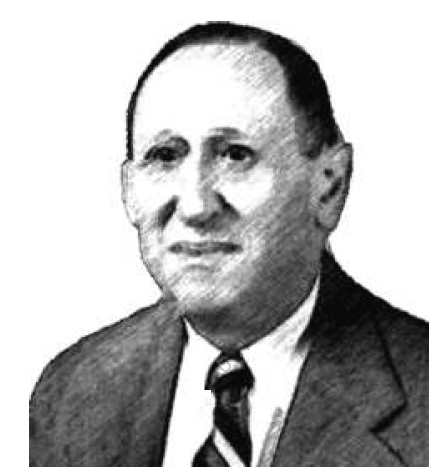
Children with Autism disorder who have subnormal intelligence, but without significant mental retardation are considered to have typical autism. The absence of significant mental retardation in such children is suggested by having acceptable adaptive behaviors including eating with spoon, bowel control and going to bathroom. However, such children are not considered to have significant mental retardation because the serious lack of communication skills per se is expected to prevent or delay the acquisition of developmental mile stones.
Asperger syndrome was first described by Grunya Efimovna Sukhareva, and later by Hans Asperger (Figure-2C) in 1944.
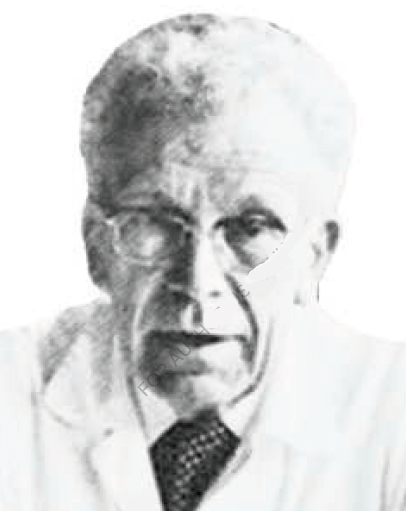
The autistic psychopathies described in 1925 by Grunya Efimovna Sukhareva and Hans Asperger were similar and characterized by the absence of significant impairment in language development and cognitive function [1-12].
Atypical autism disorders include autism associated with mental retardation and also regressive autism when the patients acquire the social and communication skills normal early in life, but they lose them. Children with atypical autism associated mental retardation commonly have significant hyperactivity and behavioral abnormalities and they do not have satisfactory adaptive behaviors [11.12, 13].
Cerebrolysin, a safe parenteral mixture of aminoacids which has been used with a benefit in a variety of childhood neuropsychiatric disorders, is the only medical therapy that is known to be associated with significant improvement and even cure of the major autistic features (Poor response to name and poor eye contact which indicate impaired communication) [10,11,12].
Conclusion
An expert therapeutic recommendation for the condition is described.
Acknowledgement
Some of the figures in this paper were included in previous author's publications, but the author has their copyright.
Conflict of interest
None.
References
- Al-Mosawi AJ. (2019) Pervasive developmental disorders in Iraqi Children. Journal of Psychiatry Research Reviews & Reports; 1(1): 1-8.
View at Publisher | View at Google Scholar - Al-Mosawi AJ. (2019) The pattern of pervasive developmental disorders in Iraqi children.1st ed., Saarbrücken; LAP Lambert Academic Publishing: (ISBN: 978-3-330-05029-7).
View at Publisher | View at Google Scholar - Al-Mosawi AJ. (2018) Pediatric psychiatry: An accredited training course. 1st ed., Saarbrücken; LAP Lambert Academic Publishing: (ISBN: 978-613-9-86510-9).
View at Publisher | View at Google Scholar - Al-Mosawi AJ. (2020) Case studies in pediatric psychiatry: An approach to deep learning. 1st ed., Saarbrücken; LAP Lambert Academic Publishing: (ISBN: 978-620-2-52071-3).
View at Publisher | View at Google Scholar - Al-Mosawi AJ. (2018) A new therapeutic approach for pervasive developmental disorders. 1st ed., Saarbrücken; LAP Lambert Academic Publishing: (ISBN: 978-3-659-86602-9).
View at Publisher | View at Google Scholar - Al-Mosawi AJ. (2018) Asperger syndrome and regressive autism.1st ed., Saarbrücken; LAP Lambert Academic Publishing: (ISBN: 978-613-9-82643-8).
View at Publisher | View at Google Scholar - Al-Mosawi AJ. (2019) New therapies for Rett syndrome. J Bio Innov; 8(3): 301-307.
View at Publisher | View at Google Scholar - Al-Mosawi AJ. (2019) Childhood dementia: Heller syndrome.1st ed., Saarbrücken; LAP Lambert Academic Publishing: (ISBN: 978-3-330-04944-4).
View at Publisher | View at Google Scholar - Al-Mosawi AJ. (2019) Heller syndrome in two Iraqi children. Clinical Research and Trials; Volume 5: 1-3.
View at Publisher | View at Google Scholar - Al-Mosawi AJ. (2020) Our experience with childhood pervasive developmental disorders (Autism and Asperger Syndrome): Cure is Possible. EC Clinical and Medical Case Reports; 3(4): 01-08. Doi: 10.5281/zenodo.3892198
View at Publisher | View at Google Scholar - Al-Mosawi AJ. Cure of Autistic Disorders: Mission Impossible is Possible in an Illustrated Pioneering Experience. Archives of Health Science 4(1):1-26. Doi: 10.31829/ 2641-7456/ahs2020-4 (1)-113
View at Publisher | View at Google Scholar - Al-Mosawi AJ. (2021 Jan, 21) Atypical Autism Associated with Elevated Gonadotrophin and Precious Puberty: A Very Rare Association or a New Clinical Syndrome? Biomedical Journal of Scientific & Technical Research (ISSN: 2574 -1241); 33(2): 25686-25689. Doi: 10.26717/BJSTR.2021.33.005377
View at Publisher | View at Google Scholar - Al-Mosawi AJ. (30 September 2021) Autosomal Recessive Autism: Cure of the Major Autistic Features. Scholars International Journal of Anatomy and Physiology (p-ISSN: 2616-8618, e-ISSN 2617-345X); 4(8): 120-126. Doi: 10.36348/sijap. 2021.v04i08.002
View at Publisher | View at Google Scholar